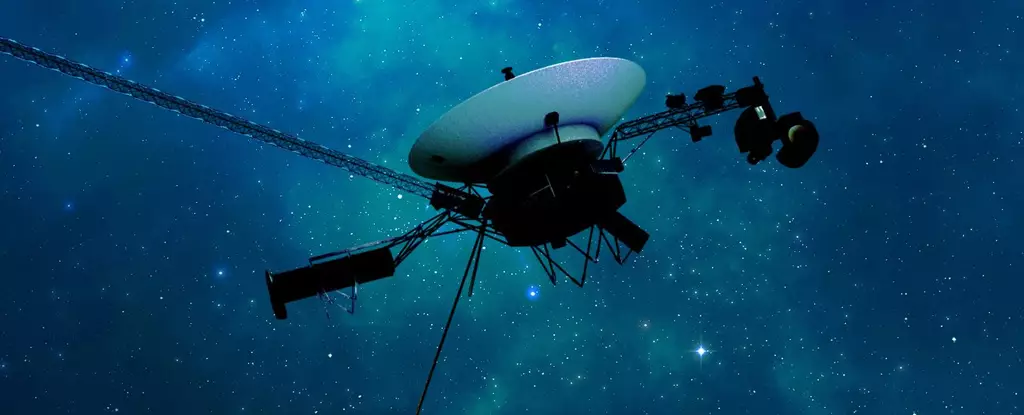NASA’s Voyager 1 probe, the farthest man-made object in the Universe, has recently started returning usable information to ground control after a period of transmitting incomprehensible data. The setback occurred on November 14, 2023, when the spacecraft ceased sending readable data back to Earth. Despite this, NASA’s Jet Propulsion Laboratory’s team was able to determine that a faulty chip was the root cause of the issue, and they came up with a brilliant coding solution that worked within the limited memory capacity of the probe’s 46-year-old computer system.
A Storied Journey
Launched in 1977, Voyager 1 made history by becoming mankind’s first spacecraft to venture into the interstellar medium in 2012. Currently situated over 15 billion miles away from our planet, messages sent from Earth take approximately 22.5 hours to reach the spacecraft. Its companion, Voyager 2, also exited the solar system in 2018. Both probes are equipped with “Golden Records” – golden disks containing valuable information about our world that are designed to be understood by extraterrestrial beings. Among the items on the records are a solar system map, a piece of uranium functioning as a radioactive clock for dating the spacecraft’s launch, and detailed instructions on how to play the disk. Curated by a committee led by the renowned astronomer Carl Sagan, the records also feature encoded images depicting life on Earth, as well as a variety of music and sounds that can be played with a stylus. Although their power sources are predicted to run out after 2025, the Voyager spacecraft are destined to drift through the Milky Way indefinitely, devoid of any communication.
Looking Ahead
The successful restoration of Voyager 1’s functionality marks a pivotal moment in NASA’s ongoing space exploration endeavors. As the probe prepares to resume transmitting valuable scientific data, researchers and space enthusiasts alike eagerly anticipate the insightful discoveries that lie ahead. With an unwavering commitment to pushing the boundaries of human knowledge, NASA continues to unravel the mysteries of the cosmos through groundbreaking missions like Voyager 1. The journey is far from over, and as technology advances, so too does our ability to explore the vast expanse of the universe.


Leave a Reply